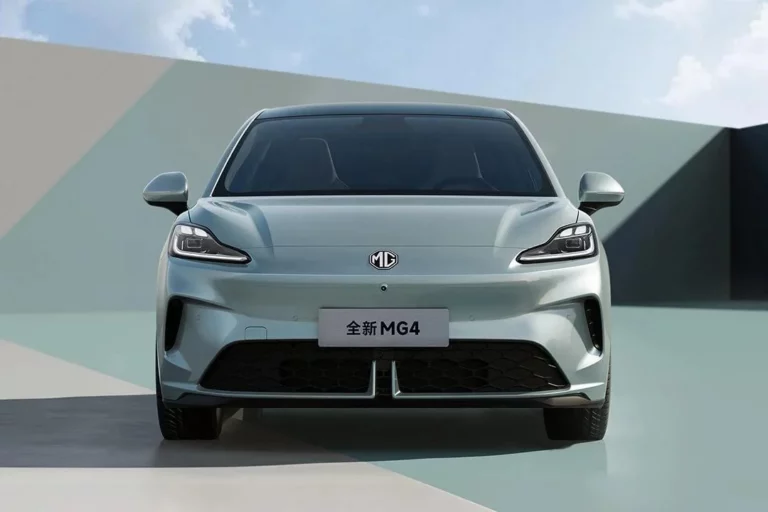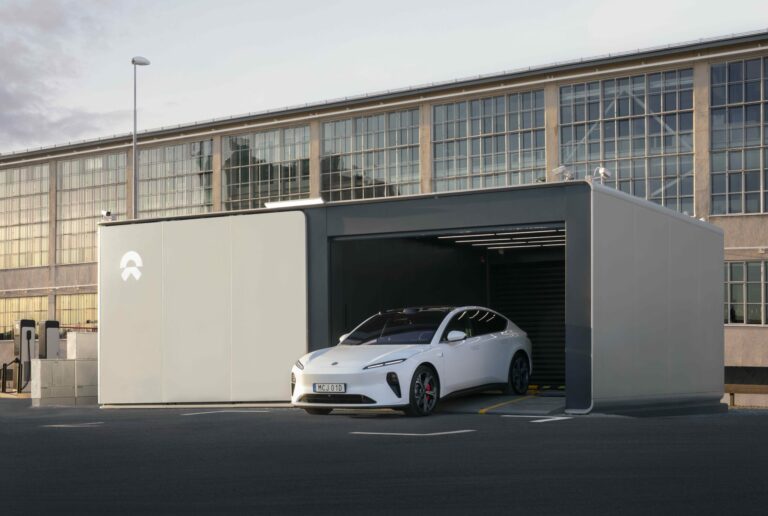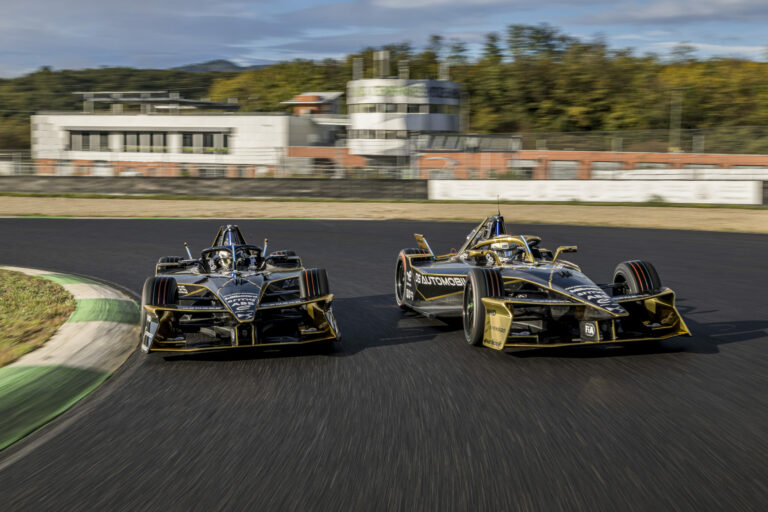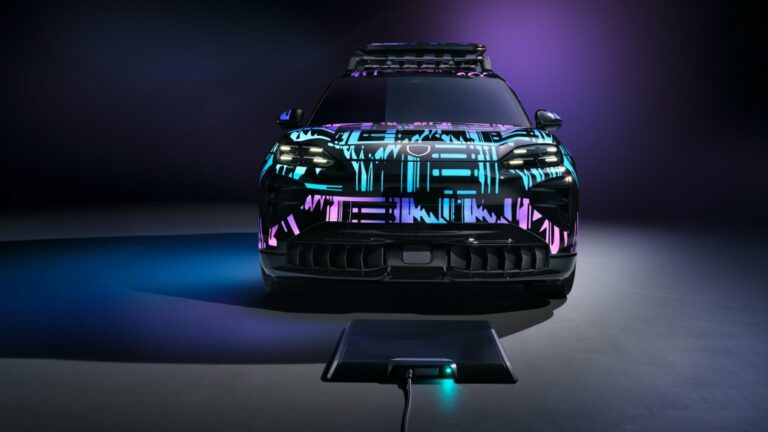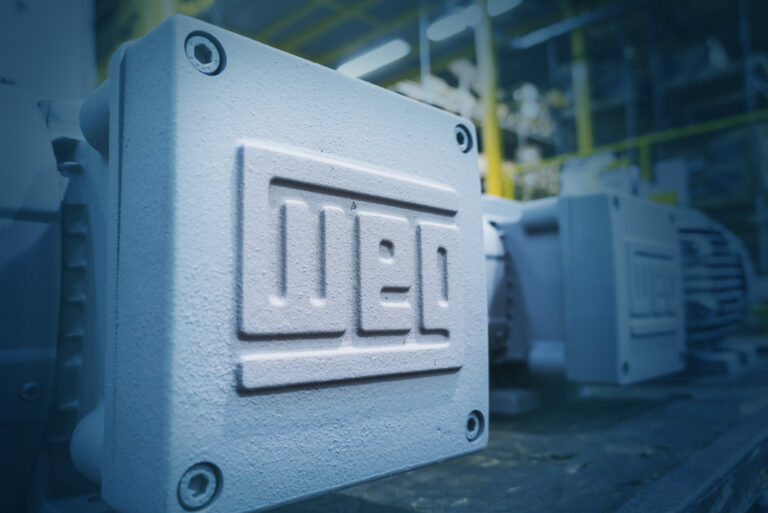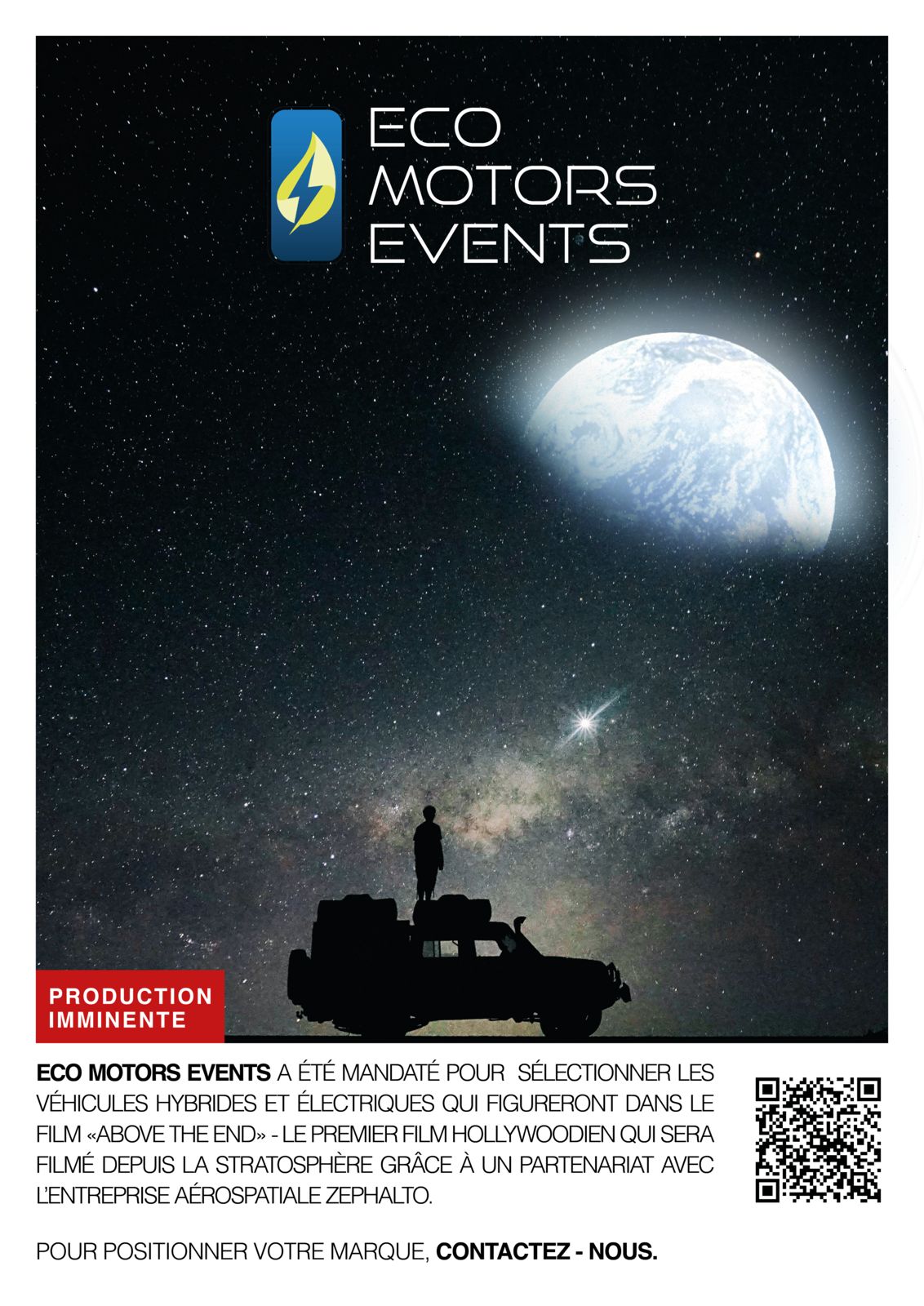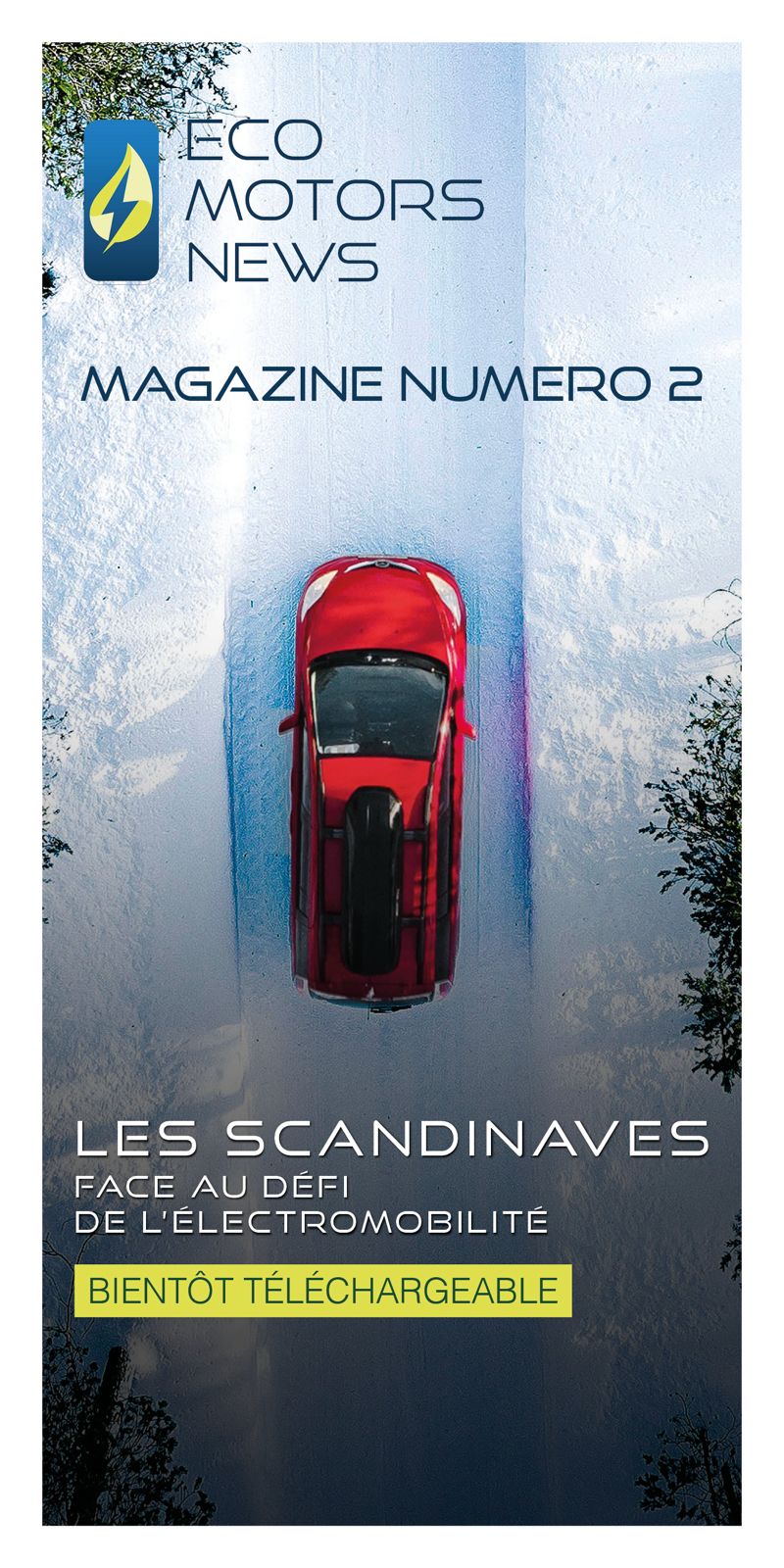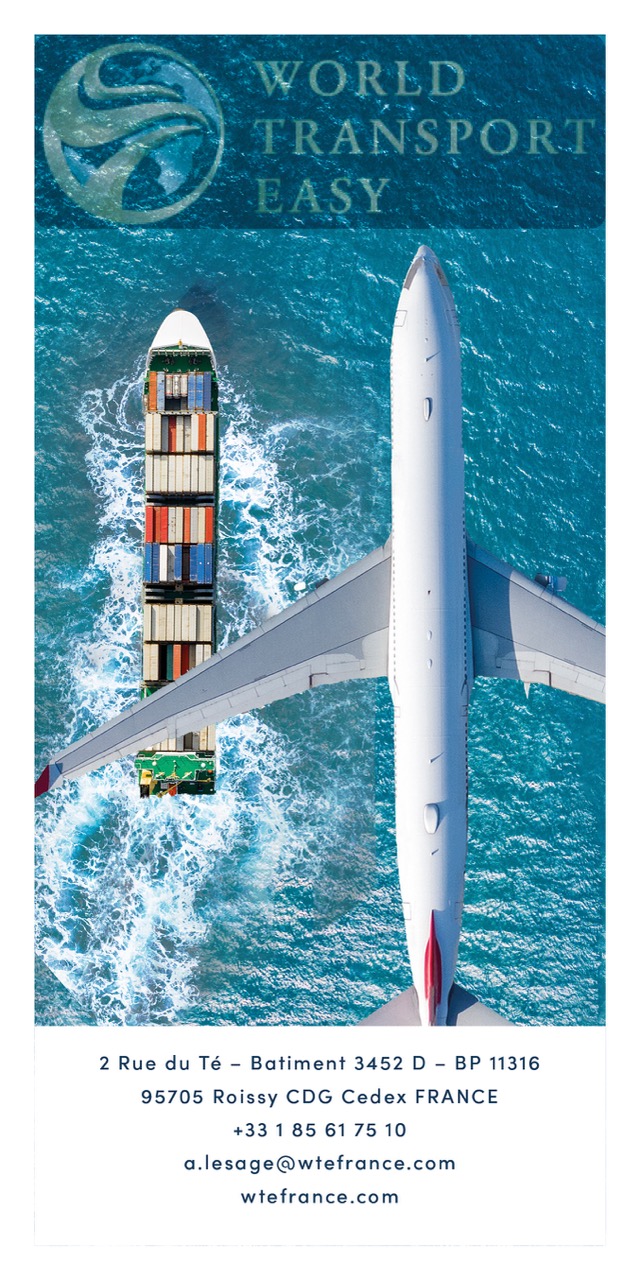The A290 marksAlpine ‘s entry into the electric era. One year after its launch, the city car is as appealing as it is challenging. With its sporty performance, bold design and commitment to the environment, it navigates between modernity and heritage. Behind the debates, the A290 is perhaps the embodiment of a new way of experiencing the pleasure of driving.
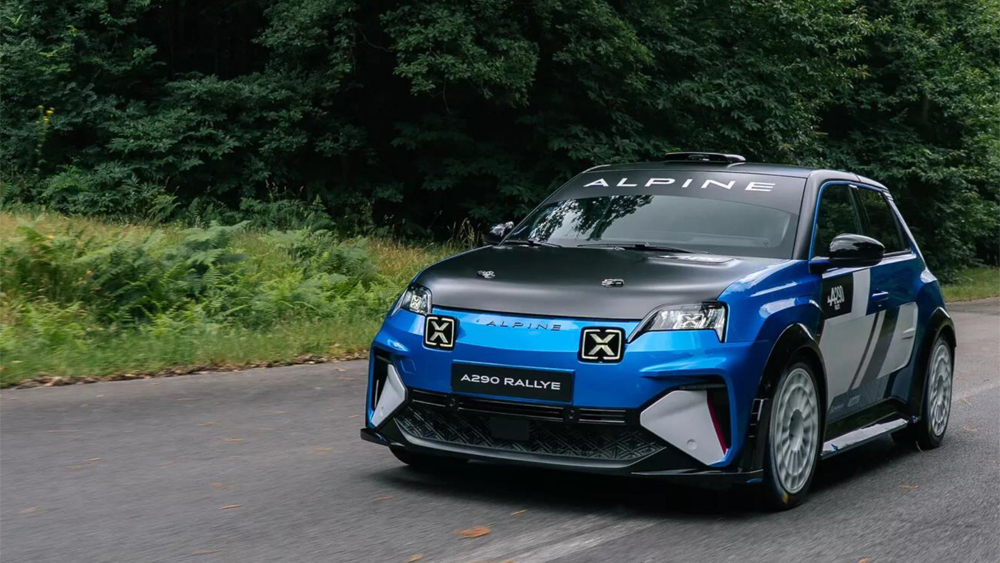
A promise of emotion under tension
When it was launched, the Alpine A290 aimed to shake up the small electric sports car market. With its top-of-the-range 220bhp and a chassis honed by Renault Sport alumni, it looked set to redefine driving pleasure. But the market quickly changed: the Peugeot E-208 GTI and the Lancia Ypsilon HF, with 280 bhp, reshuffled the cards. Suddenly, the A290 looks wiser rather than wilder, despite its aggressive looks. In a world where power often rules the roost, Alpine has to find other assets to seduce.
The interior of the A290 is impressive. The materials, wraparound seats and motorsport-inspired ambience reflect a real attention to detail. However, rear-seat space remains limited and the boot, although adequate, does not transform the car into a versatile family car. On the other hand, the WLTP range of 379 km looks flattering on paper, but falls rapidly on the motorway. For purists, these compromises betray a paradox: Alpine’s sportiness is now more about design than raw performance. However, the brand insists on one essential fact: pleasure is no longer just about speed.
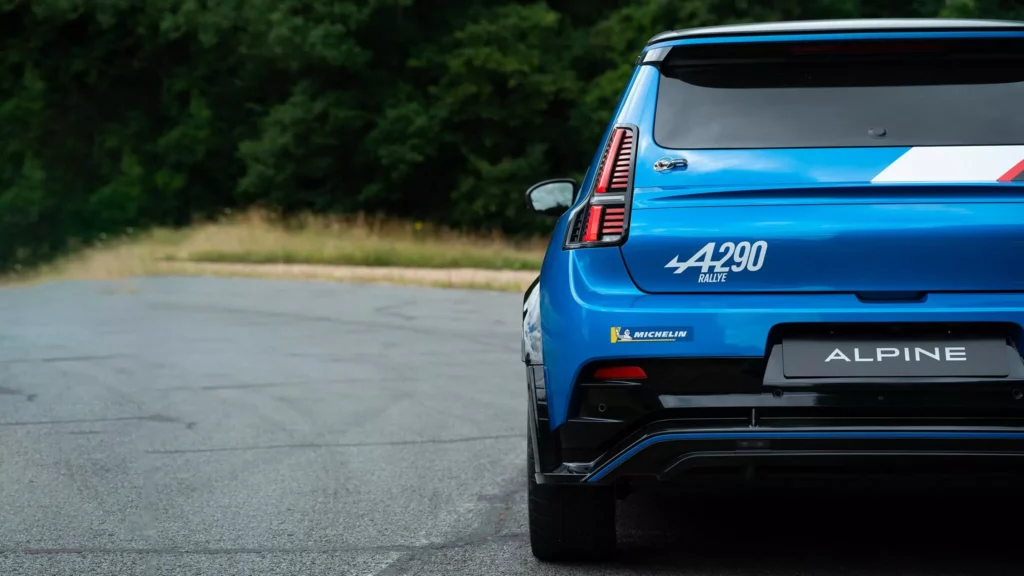
A bold commercial strategy
In order to democratise its electric city car, Alpine is banking on a very aggressive leasing offer. Starting at €290 per month, the 180bhp GT version is aimed at a wider audience. This positioning attracts the curious, but questions the purists. Can we really talk about Alpine when a model shares its base with a Renault 5? Sales figures tell a more nuanced story. Behind the enthusiastic announcements, the figures remain modest compared to expectations. On the other hand, interest is growing abroad, especially in Italy and the UK, where electric cars are becoming increasingly popular.
A revolution in rallying
Faced with these doubts, Alpine has chosen to respond on another front: competition. In November 2025, the manufacturer will launch the very first Alpine A290 Trophy, a rally championship dedicated to the electric version of the model. The event, organised as part of the Indre National Rally, promises to be a unique experience. There’ll be no roar of the engine or smell of petrol, just an intense silence. The drivers will have to tame a new form of emotion, more subtle, more visual too. For Alpine, this approach goes beyond mere marketing: it’s a way of proving that performance can exist without emissions.
The Alpine A290 Trophy is more than just a technical demonstration. It is part of a clear desire to transform the rally from the inside. The 16 teams taking part will benefit from full assistance, an on-site spare parts service and strict technical supervision. The aim is to guarantee total mechanical fairness and to focus on talent rather than budgets. In 2026, six rounds will be included in the national championship, with a total prize fund of 236,000 euros. A significant sum which proves the seriousness of the project. Through this programme, Alpine is reinventing customer competition, while building an unprecedented link between its dealerships and its drivers.
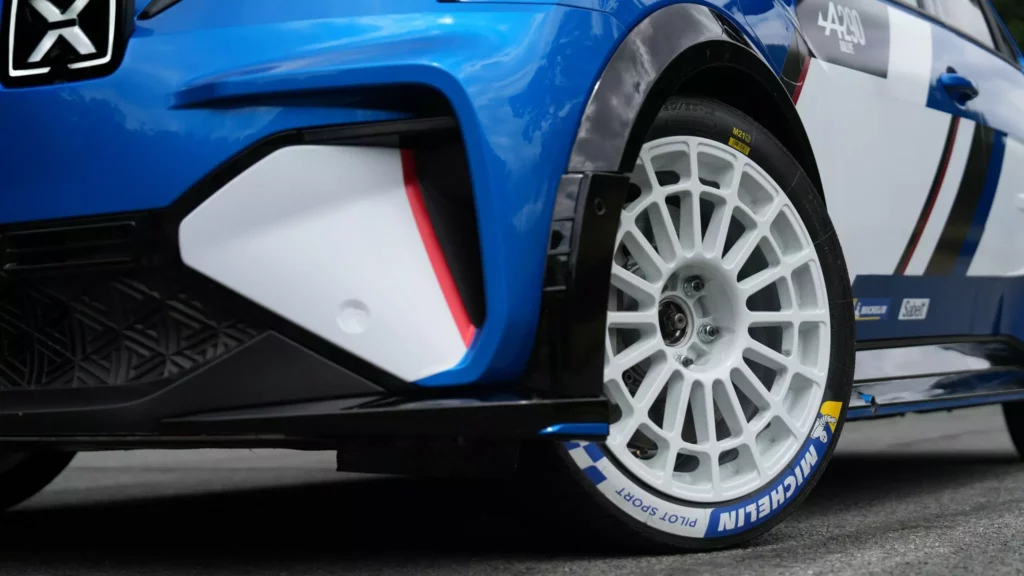
A race car that wants to convince
The Rallye version of the A290 has been extensively reworked. Its FIA roll cage, self-locking differential and special suspension give it real sporting credentials. Under the bonnet, the 220bhp electric motor delivers 300Nm of torque, supported by a 52kWh battery. All this for a weight of 1,530 kg, a compromise between robustness and agility. Alpine promises a lively, precise and expressive drive despite the weight of the batteries. In terms of dynamics, the engineers have focused on sensation, not brutality. The unofficial slogan sums up the spirit of the project: « the noise changes, but not the language of the car ».
For some enthusiasts, a rally without mechanical rumblings is blasphemy. Yet Alpine has embraced this change of direction. Regulations are tightening, energies are changing and motor sport is no exception. The manufacturer prefers to anticipate rather than suffer. By launching the A290 Trophy, it is not seeking to replace the past, but to write the future. The electric transition is not a break with the past, it’s a natural evolution. In fact, the brand’s previous revolutions were often met with scepticism before being celebrated. The R5 Turbo, derided at its launch, is now an icon. Perhaps the A290 will follow suit.
The electric challenge
Behind the innovation, Alpine faces a deeper challenge: how to make an electric sports car desirable? Drivers are always looking for the thrill, the sound, the visceral sensation. By removing some of these cues, electric power means that we have to reinvent pleasure. This is where the A290 stands out. It doesn’t seek to imitate its predecessors, but to redefine the notion of performance. In a world where speed is becoming secondary, it relies on precision, stability and consistency. More than just a car, it marks a turning point for Alpine.
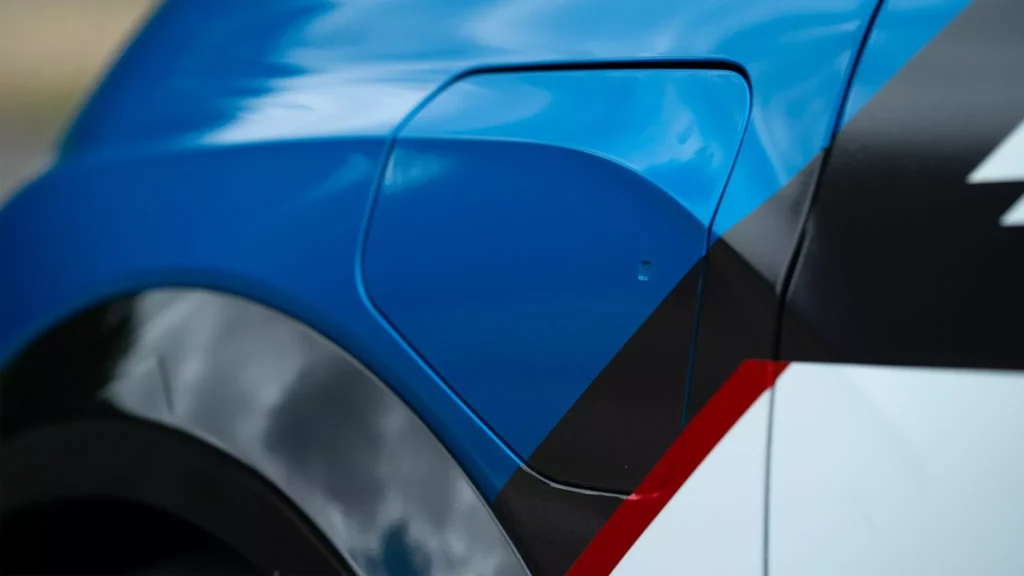
The arrival of the A390 crossover confirms this desire to expand the range while preserving its DNA. Alpine wants to remain a symbol of motoring pleasure, but it knows that this pleasure must now be combined with responsibility. In the meantime, the A290 Trophy will serve as a full-scale test. If the public responds, the brand will have proved that emotion and electricity can coexist. If silence fails to convince, the strategy will have to evolve. Either way, the gamble will have been a brave one.
Towards a new era in motor sport
The roads of the Indre region in November will deliver much more than a sporting verdict. They will tell us whether automotive emotion can survive the electric revolution. The Alpine A290 embodies this tension between past and future, noise and silence, passion and reason. By launching it into the rally arena, Alpine is not just trying to win races. It is trying to prove that the soul of a car cannot be measured by its volume. And perhaps in that silence lies the new heartbeat of motor sport.

